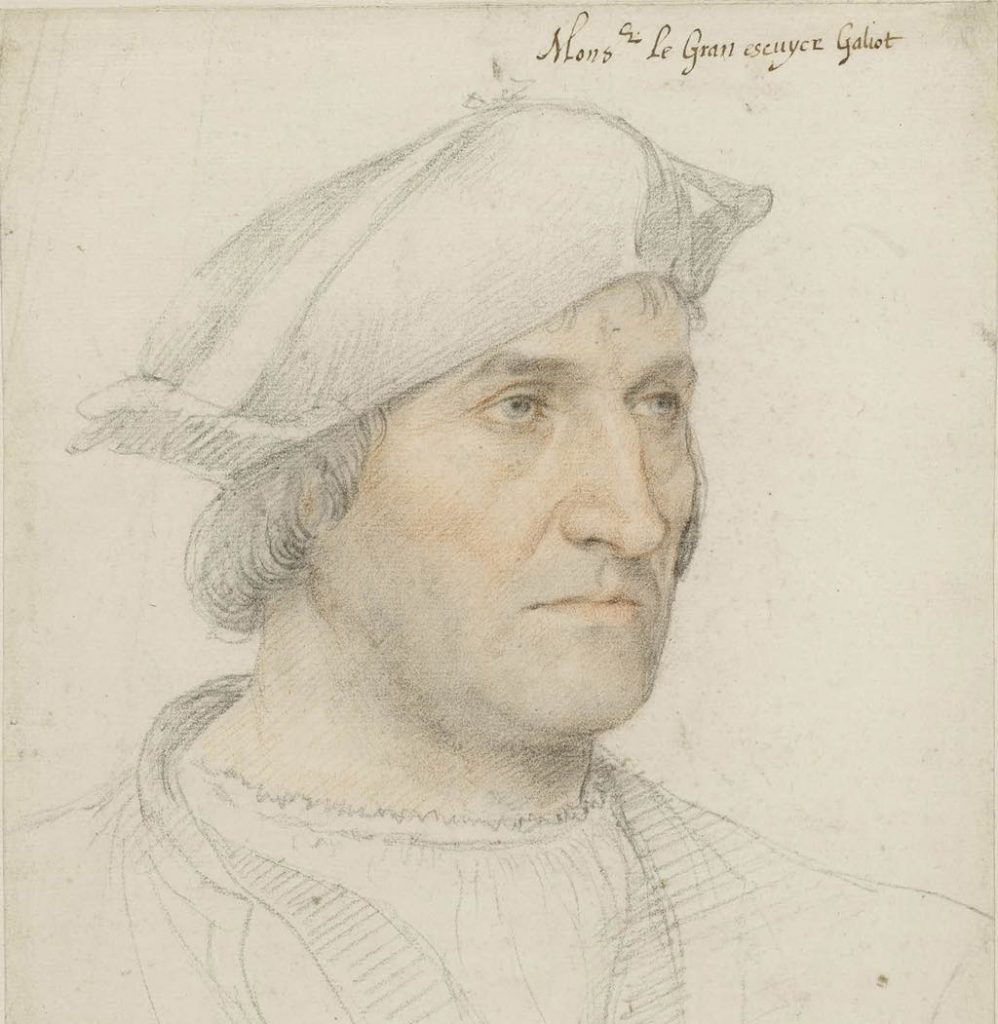
As king of France from 1515 to 1547, François I was not only ferocious in war but also a fervent patron of the arts and letters, especially Italian art and culture. He was responsible for bringing the Italian Renaissance to France by inviting artists, architects and artisans to the country, and sending agents to Italy to buy up artworks to decorate his palatial residences. Among the artists he lured to France was the greatest of them all, Leonardo da Vinci (a visit to the great man’s last home, the Château du Clos Lucé, near the Château d’Ambroise, is a must). The king’s magnificent collection, notably including “Mona Lisa,” which Leonardo brought to France with him, provided the foundation for the collection of the Louvre.
Since François’s penchant for Italian art is well-known and well-documented, the Louvre has turned its eyes northward for the exhibition “François Ier et l’Art des Pays-Bas” to explore the ways in which French art was influenced by artists born in the northern countries who lived and worked in France, making the country under François’s reign a kind of meeting place for both northern and Italian influences, with the latter softening the sharp outlines and bringing new light and color to the latter.
The curators state right away that little is known on the subject, not even the names of many of the artists exhibited, who are given such “notnames” as “Master of Amiens,” and that the “findings are preliminary” in this “new field of research.” As the friend I visited the show with pointed out, little context is given, and the cross-pollination of Northern and Italian art of the time is barely touched on. But, in spite of the rather scholarly ambitions of the show and the exceedingly dry (for the public) commentaries, there are many felicitous discoveries to be made.

The exhibition starts off strongly with an equestrian portrait of François by Jean Clouet. In spite of the formal rigidity of the pose, this is a beautiful work, with its rich colors and finely executed details. Clouet was a court painter specializing in miniatures who is thought to have been born in what is now the northern French city of Valenciennes, on the border with Belgium. His sensitive portraits and drawings are well-known (and many of them are on show here), but few works have been definitively attributed to him. While he may have brought northern techniques with him when he moved to Tours and later Paris, his work also shows the influence of the Italian artists. He is thought to have met Leonardo and is described as the most “Leonardesque” of the painters included in the show.
Among the artists who are not household names is Noël Bellemare, a Flemish painter who worked in Paris. His work and its influence on many other artists in France have only recently been rediscovered. Many miniatures in illuminated manuscripts by previously unknown authors have now been attributed to him and are included in the show.
Other artists extensively represented are Joos van Cleve, from Antwerp; Corneille de Lyon, a Dutch painter who settled in Lyon and whose portrait style was widely copied; and another Dutch artist (and relative of the humanist Erasmus), Grégoire Guérard, until recently a forgotten figure, who worked in Burgundy and is represented here by a number of impressive large paintings on Biblical subjects.
I have barely touched on the wealth of works presented in this exhibition, which is so large that it is difficult to get a grip on but is a must for anyone with an interest in the French Renaissance.
If you liked this article, you might also enjoy Rubens: Princely Portraits.
Favorite

